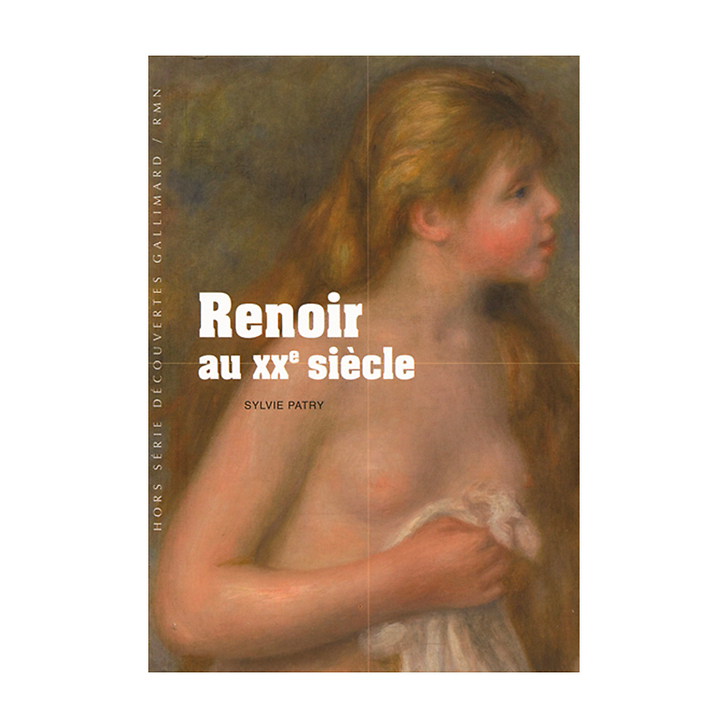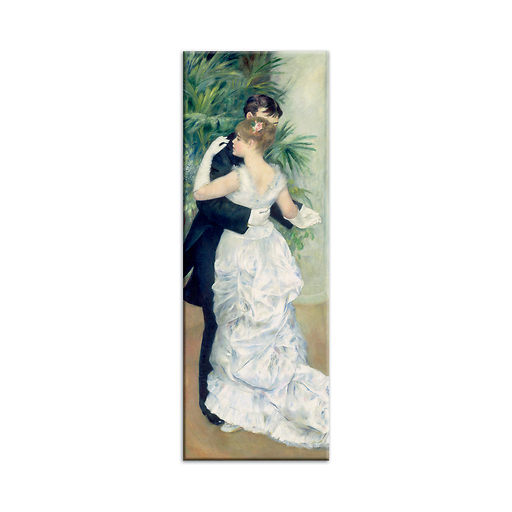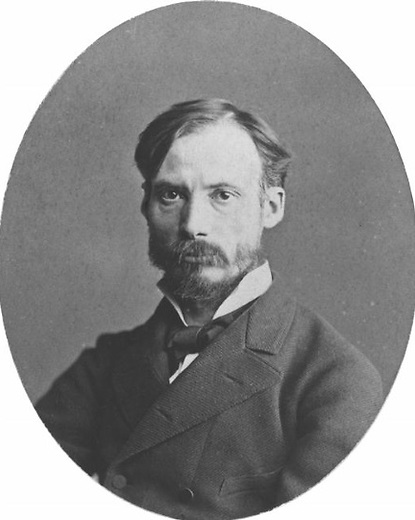Characteristics
- Museums
- Musée d'Orsay, Musée de l’Orangerie, Musée des Beaux-Arts de Lyon
- Art movements
- 20th century, Impressionism, French paintings, Post-Impressionism
- Artist
- Pierre-Auguste Renoir (1841-1919)
- Reference
- GK195696
- EAN
- 9782070337446
- Diffusor
- EDITIONS FLAMMARION
- Distributor
- EDITIONS FLAMMARION
- Conservation museum
- Paris - Galeries nationales (Grand Palais, Champs Elysées)




